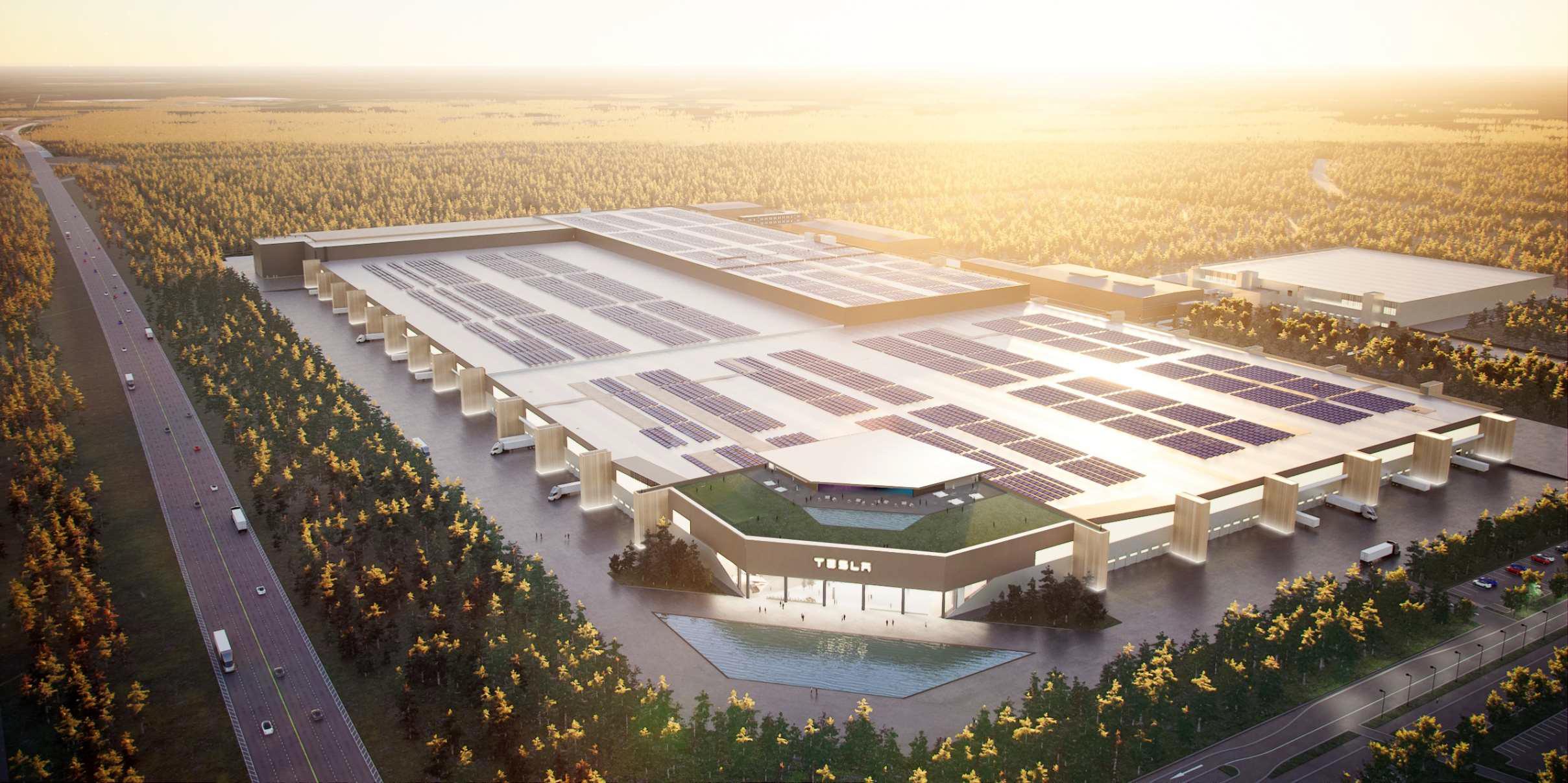
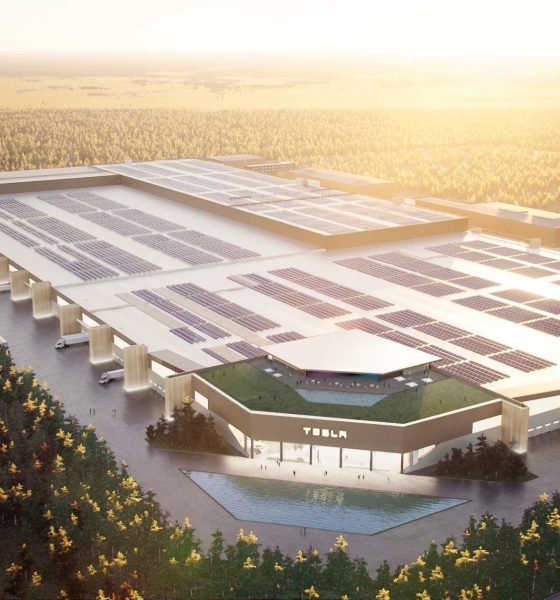
News
Tesla’s eight giant casting machines in Giga Berlin may be key to ‘Model 2’ puzzle
Tesla’s filings for Gigafactory Berlin reveal a particularly interesting detail about the upcoming facility. Based on the documents, Giga Berlin is poised to have eight giant casting machines, or “Giga Presses,” onsite. The presence of the machines, as well as their number, suggests that Tesla may be exploring the idea of rolling out new vehicles that are designed similarly to the Model Y, which uses single-piece casts.
Gigafactory Berlin is expected to start with the production of the Model Y, and as it turns out, the all-electric crossover happens to represent Tesla’s latest innovations. Among this is the company’s use of large castings for the Model Y’s rear underbody, which Tesla noted will only get even more optimized over time. Elon Musk himself has mentioned that eventually, the Model Y will have a rear body comprised of a single piece, including crash rails.
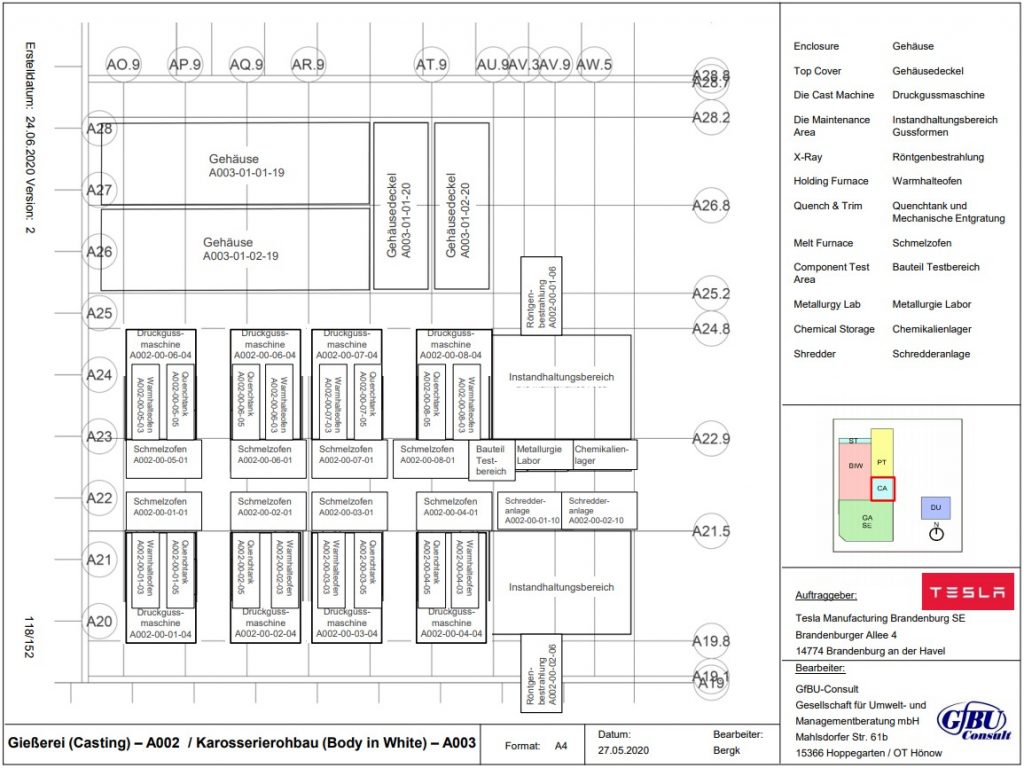
These, according to the CEO, will be due to the company’s utilization of the appropriately-named “Giga Press,” the largest casting machine in the market today. It is then interesting to see that Gigafactory Berlin, which is expected to produce the Model Y crossover, the Model 3 sedan, and Tesla’s later vehicles, is being equipped with eight of these massive casting machines.
Considering the number of “Giga Presses” in the Giga Berlin complex, it appears that the Model Y will not be the only EV produced onsite that will be utilizing single-piece casts. The Model 3 seems to be a shoo-in for such an innovation, especially since the two vehicles already share numerous parts. It should also be noted that using large casts for the production of vehicles is a way to optimize costs and production times. Thus, if Tesla could master the use of its “Giga Press” machines, the company may have a good chance of developing a strategy that would allow it to create low-cost vehicles that are still profitable.
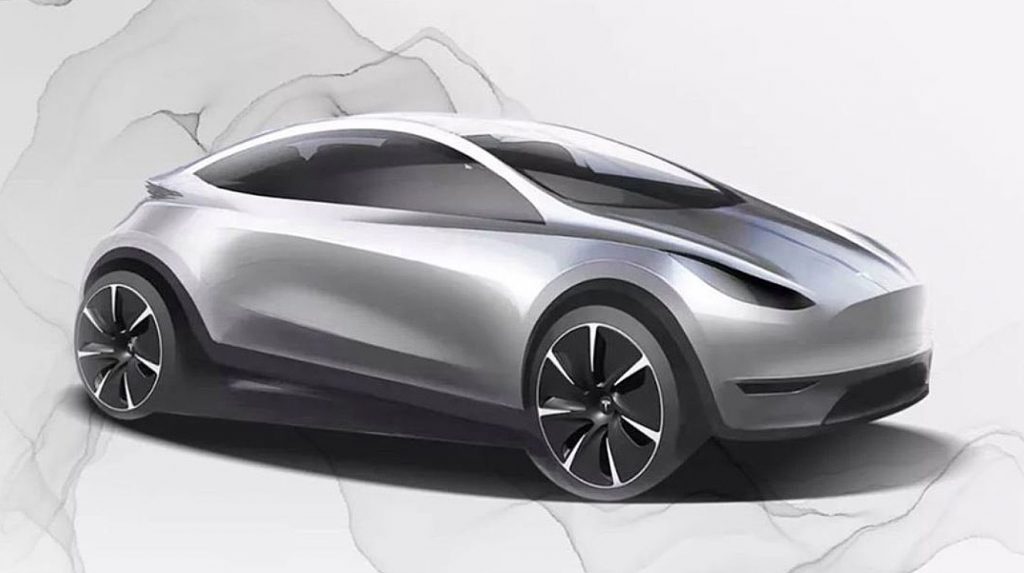
Tesla is still a young company, and over the years, the electric car maker has transitioned from a niche automaker that makes fast sports cars like the original Roadster to a mass-market carmaker that makes family crossovers like the Model Y. But even with this progress, Tesla is yet to learn how to produce profitable, low-cost vehicles en masse. Incumbents like Toyota, which Tesla overtook as the world’s most valuable automaker by market cap, have mastered this, as represented by mass-market vehicles like the Yaris, which is low-cost and still profitable.
Tesla’s filings have not revealed what the eight giant casting machines will be used for, though their number seems to suggest that they are allotted for vehicles beyond the Model Y and Model 3. If Tesla is indeed looking to produce a smaller, more affordable car in Europe that could compete with wildly-popular EVs like the Renault Zoe (rumored in the Tesla community as a potential “Model 2”), developing a production line that optimizes cost and manufacturing output definitely seems like a strategic move — even if that line includes the utilization of the world’s largest casting machines.

News
Tesla celebrates 75k Superchargers, less than 5 months since 70k-stall milestone
Tesla’s 75,000th stall is hosted at the South Hobart Smart Store on Cascade Road, South Hobart, Tasmania.
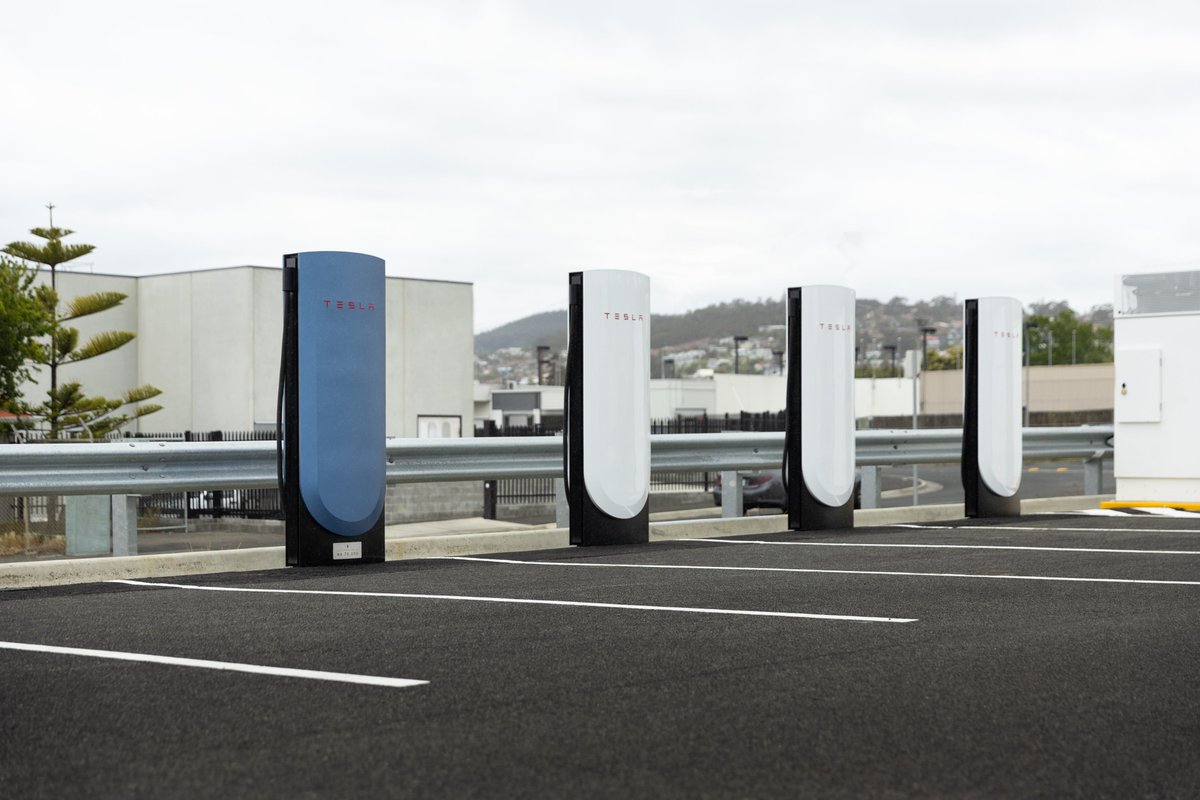
Tesla has crossed another major charging milestone by officially installing its 75,000th Supercharger stall worldwide. The electric vehicle maker chose South Hobart, Tasmania, as the commemorative location of its 75,000th Supercharger.
Tesla’s 75,000th Supercharger
Tesla’s 75,000th stall is hosted at the South Hobart Smart Store on Cascade Road, South Hobart, TAS 7004, as noted in a techAU report. The location features four next-generation V4 Superchargers, which are built with longer cables that should make it easy even for non-Teslas to use the rapid charger. The site also includes simplified payment options, aligning with Tesla’s push to make V4 stations more accessible to a broader set of drivers.
For Tasmanian EV owners, the installation fills an important regional gap, improving long-distance coverage around Hobart and strengthening the area’s appeal for mainland travelers traveling by electric vehicle. Similar to other commemorative Superchargers, the 70,000th stall is quite special as it is finished in Glacier Blue paint. Tesla’s 50,000th stall, which is in California, is painted a stunning red, and the 60,000th stall, which is in Japan, features unique origami-inspired graphics.
Accelerating Supercharger milestones
The Tesla Supercharger’s pace of expansion shows no signs of slowing. Tesla celebrated its 70,000th stall at a 12-stall site in Burleson, Texas late June 2025. Just eight months earlier, Tesla announced that it had celebrated the buildout of its 60,000th Supercharger, which was built in Enshu Morimachi, Shizuoka Prefecture, Japan.
Tesla’s Supercharger Network also recently received accolades in the United Kingdom, with the 2025 Zapmap survey naming the rapid charging system as the Best Large EV Charging Network for the second year in a row. Survey respondents praised the Supercharger Network for its ease of use, price, and reliability, which is best-in-class. The fact that the network has also been opened for non-Teslas is just icing on the cake.
News
Luminar-Volvo breakdown deepens as lidar maker warns of potential bankruptcy
The automaker stated that Luminar failed to meet contractual obligations.
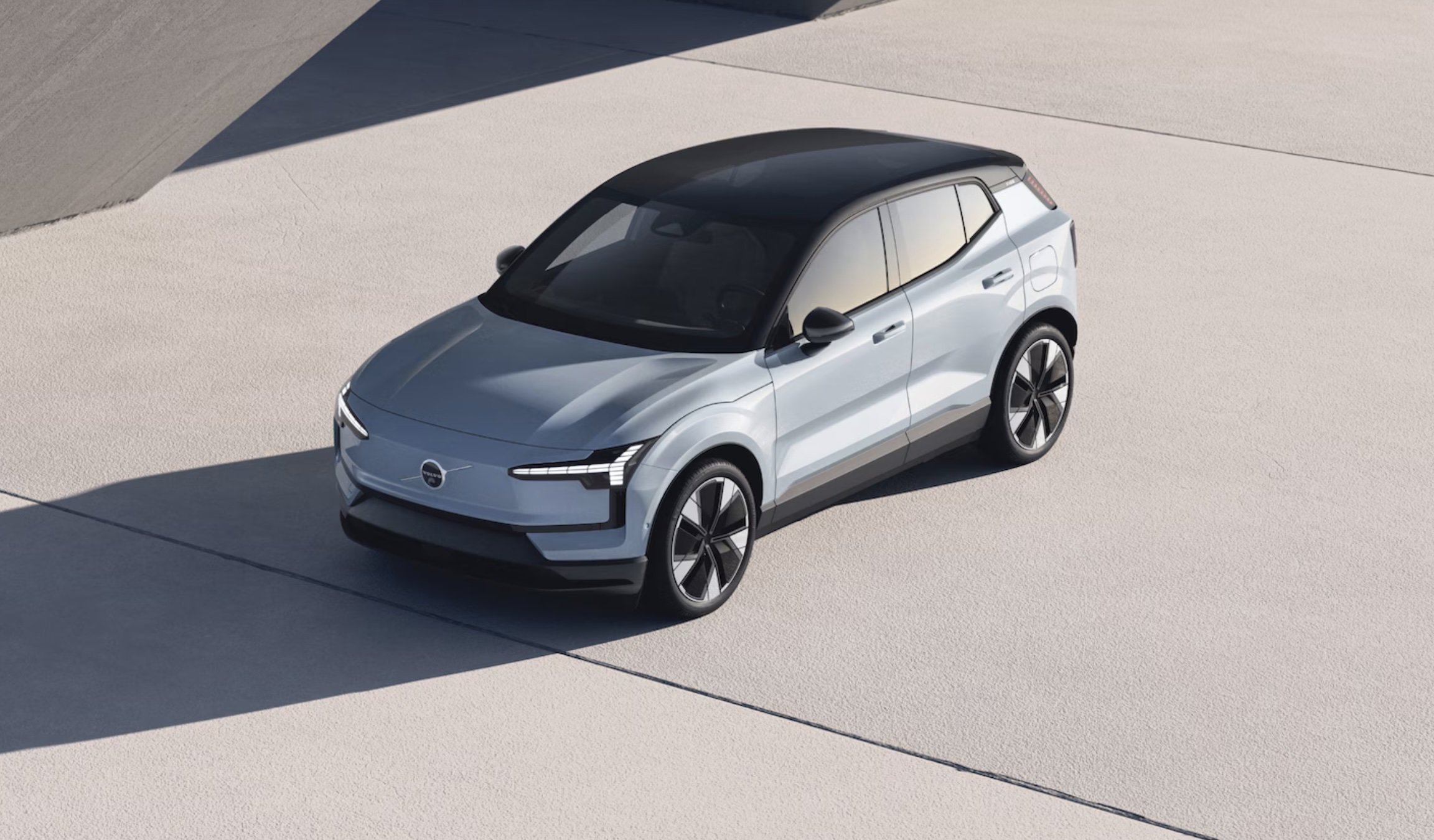
Luminar’s largest customer, Volvo, has canceled a key five-year contract as the lidar supplier warned investors that it might be forced to file for bankruptcy. The automaker stated that Luminar failed to meet contractual obligations, escalating a dispute already unfolding as Luminar defaults on loans, undergoes layoffs, and works to sell portions of the business.
Volvo pulls back on Luminar
In a statement to TechCrunch, Volvo stated that Luminar’s failure to deliver its contractual obligations was a key driver of the cancellation of the contract. “Volvo Cars has made this decision to limit the company’s supply chain risk exposure and it is a direct result of Luminar’s failure to meet its contractual obligations to Volvo Cars,” Volvo noted in a statement.
The rift marked a notable turn for the two companies, whose relationship dates back several years. Volvo invested in Luminar early and helped push its sensors into production programs, while Luminar’s technology bolstered the credibility of Volvo’s safety-focused autonomous driving plans. Volvo’s partnership also supported Luminar’s 2020 SPAC listing, which briefly made founder Austin Russell one of the youngest self-made billionaires in the industry.
Damaged Volvo relations
The damaged Volvo partnership comes during a critical period for Luminar. The company has defaulted on several loans and warned investors that bankruptcy remains a possibility if restructuring discussions fall through. To conserve cash, Luminar has cut 25% of its workforce and is exploring strategic alternatives, including partial or full asset sales.
One potential buyer is founder Austin Russell, who resigned as CEO in May amid a board-initiated ethics inquiry. The company is also the subject of an ongoing SEC investigation.
Luminar, for its part, also noted in a filing that it had “made a claim against Volvo for significant damages” and “suspended further commitments of Iris” for the carmaker. “The Company is in discussions with Volvo concerning the dispute; however, there can be no assurance that the dispute will be resolved favorably or at all,” the lidar maker stated.
News
Elon Musk says he’s open to powering Apple’s Siri with xAI’s Grok
Siri, one of the first intelligent AI assistants in the market, has become widely outdated and outperformed by rivals over the years.

Elon Musk says he’s willing to help Apple overhaul Siri by integrating xAI’s Grok 4.1, igniting widespread excitement and speculations about a potential collaboration between the two tech giants.
Siri, one of the first intelligent AI assistants in the market, has become widely outdated and outperformed by rivals over the years.
Musk open to an Apple collaboration
Musk’s willingness to team up with Apple surfaced after an X user suggested replacing Siri with Grok 4.1 to modernize the AI assistant. The original post criticized Siri’s limitations and urged Apple to adopt a more advanced AI system. “It’s time for Apple to team up with xAI and actually fix Siri. Replace that outdated, painfully dumb assistant with Grok 4.1. Siri deserves to be Superintelligent,” the X user wrote.
Musk quoted the post, responding with, “I’m down.” Musk’s comment quickly attracted a lot of attention among X’s users, many of whom noted that a Grok update to Siri would be appreciated because Apple’s AI assistant has legitimately become terrible in recent years. Others also noted that Grok, together with Apple’s potential integration of Starlink connectivity, would make iPhones even more compelling.
Grok promises major Siri upgrades
The enthusiasm stems largely from Grok 4.1’s technical strengths, which include stronger reasoning and improved creative output. xAI also designed the model to reduce hallucinations, as noted in a Reality Tea report. Supporters believe these improvements could address Apple’s reported challenges developing its own advanced AI systems, giving Siri the upgrade many users have waited years for.
Reactions ranged from humorous to hopeful, with some users joking that Siri would finally “wake up with a personality” if paired with Grok. Siri, after all, was a trailblazer in voice assistants, but it is currently dominated by rivals in terms of features and capabilities. Grok could change that, provided that Apple is willing to collaborate with Elon Musk’s xAI.








